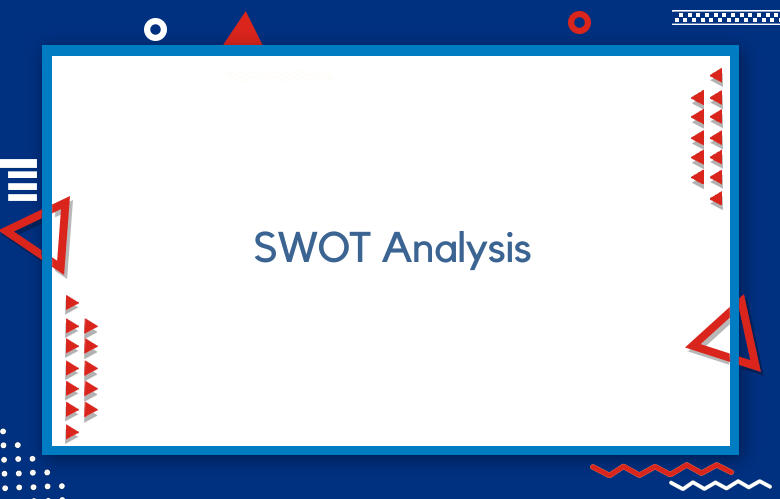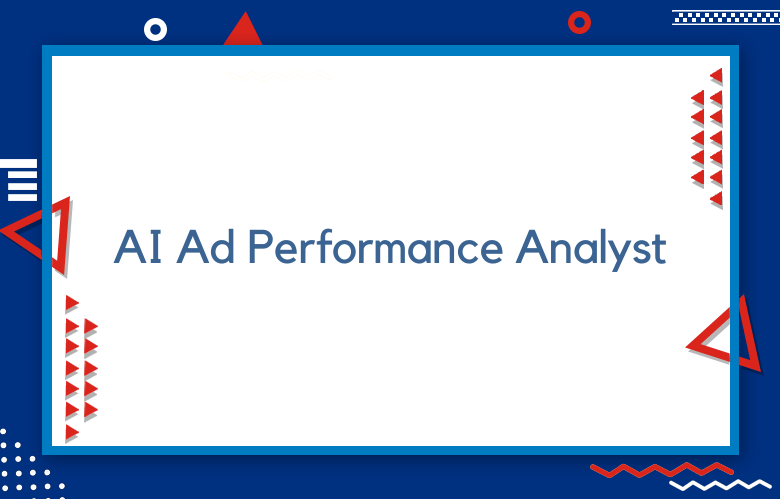Advanced Applications of Recurrent Neural Networks (RNN) for Marketing

Recurrent Neural Networks (RNNs) are sophisticated tools in artificial intelligence, particularly when it comes to processing sequential data. Marketers can significantly benefit from leveraging RNNs to enhance customer engagement, drive conversions, and improve predictive analytics.
We will delve deeper into the mechanics of RNNs, explore more complex marketing applications, and uncover best practices for implementing RNNs to achieve optimized marketing results.
What Makes RNNs Unique?
RNNs stand out due to their ability to handle sequential data.
Traditional feedforward neural networks process inputs independently, whereas RNNs maintain a form of memory through hidden states. This allows them to retain past information while processing new data, making them highly effective in scenarios where time and sequence are critical, such as customer journeys or time-series data.
Key Components of RNNs
Hidden State
Stores information about previous inputs, enabling RNNs to “remember” context over time.
Weight Sharing
The same set of weights is applied across each step in a sequence, ensuring consistency in processing temporal data.
Backpropagation Through Time (BPTT)
This algorithm updates the weights in RNNs. It’s an extension of traditional backpropagation that unrolls the network across time steps.
The Recurrent Neural Network (RNN) Formula
-
U is the input weight matrix
-
W is the recurrent weight matrix
-
x is the input vector at the current time step
-
h-1 is the hidden state vector from the previous time step
-
b is the bias vector
-
σ is an activation function, often a hyperbolic tangent (tanh) or sigmoid function
The output (y) of the RNN is typically computed as
Where
-
V is the output weight matrix
-
h is the updated hidden state vector
The Recurrent Neural Network (RNN) Model Architecture
Input Layer
Hidden Layer
Output Layer
Applications of RNNs in Advanced Marketing Strategies
Advanced Customer Journey Mapping
RNNs can track customer behavior across multiple touchpoints, analyzing how each action influences the next.
By mapping out a customer’s journey in real time, businesses can identify critical moments when targeted marketing interventions can have the greatest impact.
Example
A telecom company could use RNNs to track the progression from initial service inquiries to service upgrades, identifying key touchpoints where a customer is more likely to convert.
Hyper-Personalized Marketing
RNNs excel at recognizing patterns in sequential customer interactions, allowing for the creation of hyper-personalized experiences.
Unlike basic personalization methods that rely on demographic data, RNNs use past behaviors to predict and recommend the next best action.
Example
An e-commerce platform can deliver personalized product recommendations based on a customer’s browsing history, purchase behavior, and interaction times, accurately predicting their next likely purchase.
Customer Lifetime Value (CLV) Prediction
By analyzing sequences of transactions and customer interactions, RNNs can predict the Customer Lifetime Value (CLV) for individual users.
This allows marketers to prioritize efforts on high-value customers and focus retention strategies accordingly.
Implementation
RNNs can be trained on past customer transactions, including frequency, recency, and monetary value, to predict future spending patterns and overall CLV.
Real-Time Behavioral Segmentation
While traditional segmentation methods rely on static demographic data, RNNs enable dynamic segmentation based on real-time customer interactions.
By continually analyzing each customer’s behavior, RNNs can adjust segmentations as behaviors change.
Example
An airline could dynamically segment frequent fliers based on their booking habits, adjusting offers in real time depending on whether they are close to booking a trip or abandoning the process.
RNN Architectures for Complex Marketing Tasks
Long Short-Term Memory (LSTM)
LSTMs are a more advanced form of RNNs designed to overcome the vanishing gradient problem that plagues traditional RNNs.
They can remember information over extended periods, which is crucial for tasks requiring memory of distant events.
Use Case
LSTMs are ideal for predicting long-term customer behaviors, such as customer churn, where earlier interactions in the customer journey might be just as important as recent ones.
Gated Recurrent Units (GRU)
GRUs are simplified versions of LSTMs. They require fewer computational resources while still performing well on sequential data.
GRUs are particularly useful for real-time applications where speed is critical, such as dynamic content generation.
Use Case
GRUs can be deployed in real-time to optimize personalized marketing content, generating recommendations or offers based on live customer interactions.
How RNNs Can Drive More Accurate Marketing Forecasts
RNNs are particularly effective in time-series forecasting, which is critical for marketers who need to predict future trends, demand fluctuations, or seasonal behaviors.
Demand Forecasting
RNNs can analyze historical sales data and external factors (e.g., holidays and economic conditions) to predict future demand more accurately.
This enables businesses to optimize inventory management and adjust marketing efforts to meet anticipated demand spikes.
Example
A retail company could use RNNs to predict seasonal product demand and adjust marketing budgets and promotional efforts to maximize ROI during peak times.
Sales and Revenue Forecasting
Sales forecasting models powered by RNNs can help businesses predict short- and long-term sales trajectories based on customer purchase patterns, historical performance, and market conditions.
Example
A SaaS company could use RNNs to analyze subscription renewals and cancellations, helping them forecast future revenues and identify potential churn risks.
Optimizing RNNs for Marketing Performance
While RNNs offer powerful capabilities, they require careful optimization to function effectively in real-time marketing environments. Below are some strategies to ensure optimal performance.
Handling the Vanishing Gradient Problem
One of the major challenges in training RNNs is the vanishing gradient problem, where gradients become too small, hindering the ability to learn from earlier inputs in long sequences.
Solution
Use advanced architectures like LSTMs or GRUs, which are designed to manage long-range dependencies more effectively than traditional RNNs.
Using Attention Mechanisms
Attention mechanisms allow RNNs to focus on the most relevant parts of the input sequence and ignore less important data.
This technique is particularly useful for long sequences, where certain points in the data are more critical than others.
Use Case
In email marketing, an attention mechanism could help RNNs focus on customer interactions that lead to high engagement, like recent clicks or replies, while ignoring less relevant actions.
Truncated Backpropagation Through Time (TBPTT)
Truncated BPTT modifies the standard backpropagation through time (BPTT) algorithm used for RNNs.
TBPTT allows for faster training while maintaining effective learning over longer sequences by truncating the backpropagation to a fixed number of time steps.
Use Case
TBPTT enables marketers to process data efficiently without sacrificing model accuracy when analyzing long customer journeys that include thousands of interactions.
Integrating RNNs with Other AI Techniques
RNNs can be combined with machine learning techniques to enhance marketing strategies further.
Here are a few examples of integration:
Natural Language Processing (NLP) and Sentiment Analysis
When combined with NLP techniques, RNNs can perform advanced sentiment analysis on large datasets of customer reviews, social media comments, and emails.
Example
Analyzing customer feedback in real-time to detect shifts in sentiment during product launches or campaigns allows marketers to adjust their strategies quickly.
Reinforcement Learning for Real-Time Decision Making
RNNs can be integrated with reinforcement learning to develop real-time decision-making systems that adapt dynamically based on customer behavior. This allows for continuous optimization of marketing strategies.
Example
A website could use RNNs and reinforcement learning to personalize the customer experience, displaying different content or offers based on real-time behavior and interaction history.
Advanced Customer Segmentation Using RNNs
Temporal Clustering
RNNs enable advanced clustering based on temporal patterns in customer interactions. This clustering goes beyond basic attributes and considers how a customer’s behavior evolves, allowing for more nuanced segmentation.
Use Case
A subscription-based service could use RNN-powered temporal clustering to segment customers likely to cancel after a specific sequence of interactions, enabling proactive retention efforts.
Predictive Behavioral Clustering
Marketers can proactively target high-value segments by clustering customers based on predicted behaviors. RNNs make it possible to group customers by past behavior and what they are likely to do next.
Example
A fitness app could predict which users will purchase premium services based on their workout history and then offer promotions targeted at those segments.
RNNs and Multichannel Marketing Integration
RNNs are increasingly used to optimize multichannel marketing strategies by analyzing customer interactions across different platforms.
Cross-Platform Customer Journey Analysis
RNNs allow for the integration of customer data from multiple channels, such as website visits, social media engagements, and in-store purchases.
This holistic view of the customer journey enables marketers to craft unified and personalized marketing strategies.
Example
A fashion brand could use RNNs to analyze customer behavior across Instagram, email, and online stores, delivering personalized product recommendations based on combined data.
Conclusion
Unlocking the Full Potential of RNNs in Marketing
Recurrent Neural Networks offer a highly advanced and dynamic way to improve marketing strategies through personalized recommendations, predictive analytics, real-time segmentation, and more.
As digital marketing evolves, businesses that successfully integrate RNNs into their operations will gain a competitive edge by delivering more relevant, personalized, and timely customer experiences.
Whether you’re looking to improve customer retention, optimize your email marketing campaigns, or forecast future sales, RNNs have the potential to transform your marketing approach and deliver measurable results.
As AI technologies continue to advance, the role of RNNs in marketing will only grow in importance.
Embrace RNNs today and unlock new possibilities for smarter, data-driven marketing!



